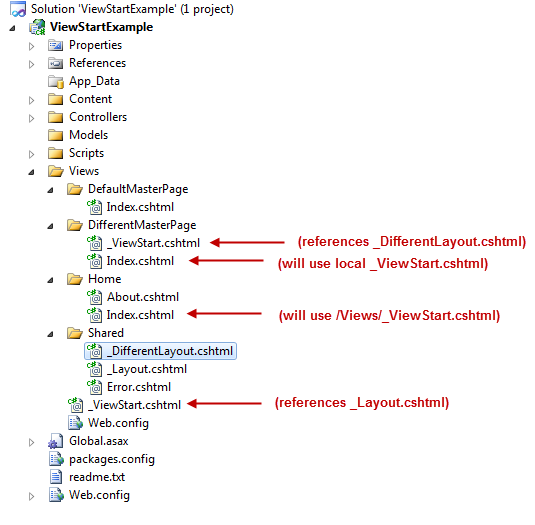Run this script to create the sysmail account and profile:
use msdb GO DECLARE @ProfileName VARCHAR(255) DECLARE @AccountName VARCHAR(255) DECLARE @SMTPAddress VARCHAR(255) DECLARE @EmailAddress VARCHAR(128) DECLARE @DisplayUser VARCHAR(128) SET @ProfileName = 'DefaultDBMailProfile'; SET @AccountName = 'DefaultDBMailAccount'; SET @SMTPAddress = 'smtp server address goes here'; SET @EmailAddress = 'from email address goes here'; SET @DisplayUser = 'from display name goes here'; EXECUTE msdb.dbo.sysmail_add_account_sp @account_name = @AccountName, @email_address = @EmailAddress, @display_name = @DisplayUser, @mailserver_name = @SMTPAddress EXECUTE msdb.dbo.sysmail_add_profile_sp @profile_name = @ProfileName EXECUTE msdb.dbo.sysmail_add_profileaccount_sp @profile_name = @ProfileName, @account_name = @AccountName, @sequence_number = 1 ;
Run this script to enable Database Mail on the server (MSDN Link to Database Mail XPs Server Configuration Option):
USE Master GO sp_configure 'show advanced options', 1 GO reconfigure with override GO sp_configure 'Database Mail XPs', 1 GO reconfigure GO sp_configure 'show advanced options', 0 GO
To test and make sure you have it setup you can use this script:
EXEC msdb.dbo.sp_send_dbmail @recipients = 'to email address goes here', @body= 'Test Email Body', @subject = 'Test Email Subject', @profile_name = 'DefaultDBMailProfile'
Please note: many of the variables in the above scripts have test data in them. Be sure to set the variables to the values that apply to your environment.

